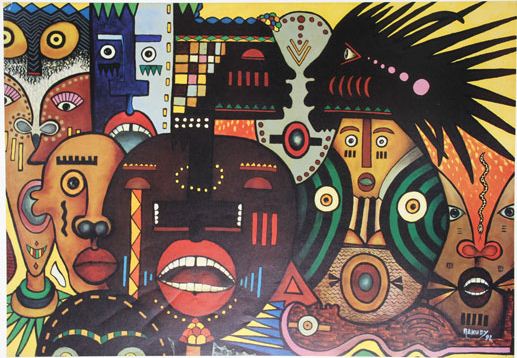Negritude
Negritude was a black literary and cultural movement that spanned the 1930s to 1950s. The movement first took shape among French-speaking writers in Africa and the Caribbean. The leading figure in the Negritude movement was Leopold Sedar SENGHOR, a poet and philosopher who became the first president of SENEGAL when it won independence from France in 1960.
The origins of Negritude can be traced to the shared experiences of Africans who suffered under SLAVERY and colonialism. It developed partly as a response to Western views of Africa as a primitive and savage land and of blacks as an inferior race. These views inspired people in the Negritude movement to emphasize positive African qualities such as emotional warmth, closeness to nature, and reverence for ancestors. The idea of Negritude was also an outgrowth of political and social movements. Among the most important of these were the “pan-African” movements led by Marcus GARVEY and W.E.B. DU BOIS. These movements encouraged the development of a black identity and sought to unify blacks around the world. Another forerunner of Negritude was the Harlem Renaissance, a literary and artistic flowering that took place in the United States in the 1920s.
As it developed, Negritude came to represent black protest against colonial rule and the assimilation of Western culture and values by blacks. Many writers in the movement criticized colonialism and Western ideas. Negritude also served as a source of racial pride. Focusing on the richness of black history and culture, it provided a sense of common identity and dignity for blacks in Africa, the Americas, Europe, and other parts of the world. (See also Colonialism in Africa; Diaspora, African; Literature.)
